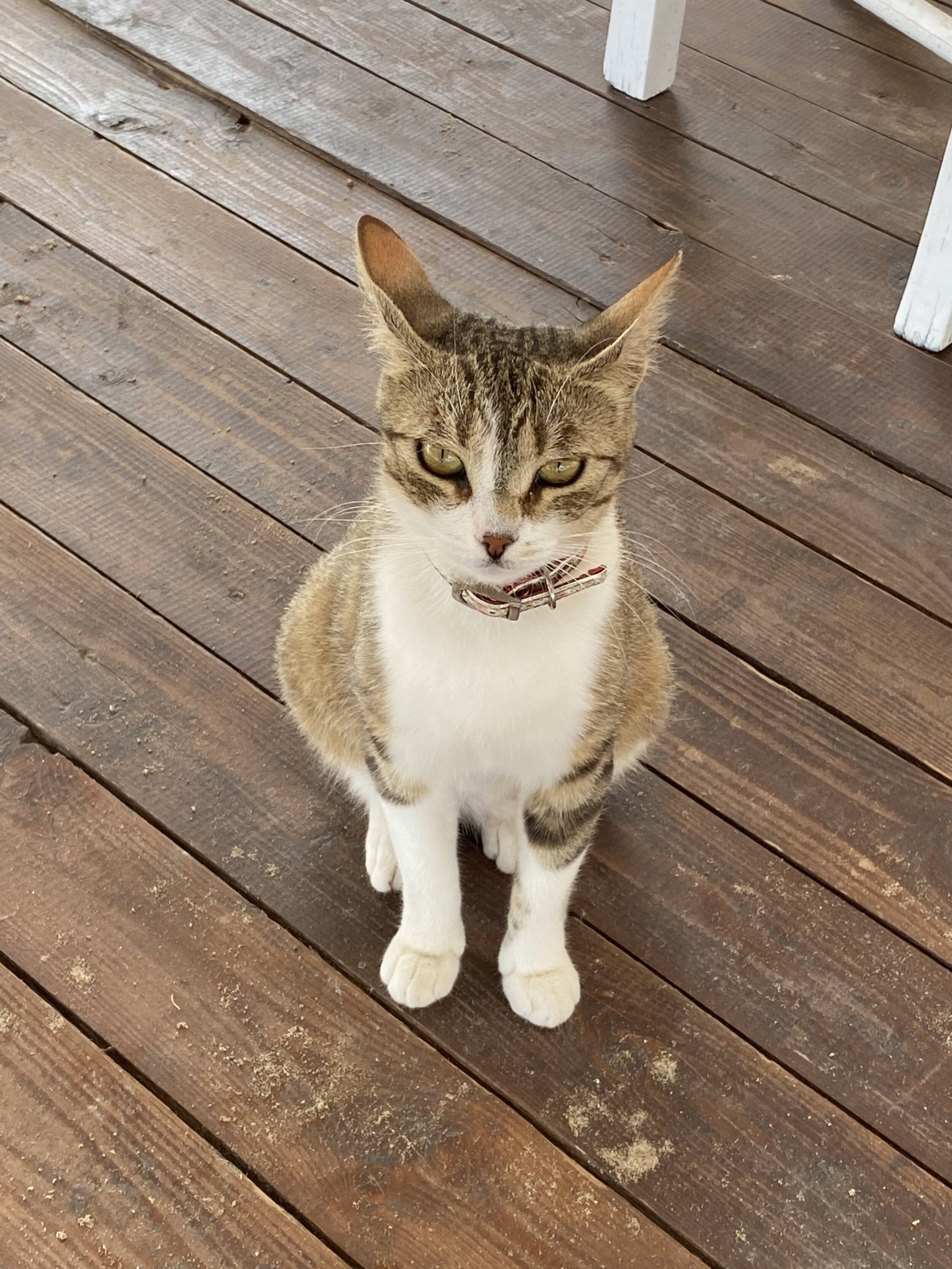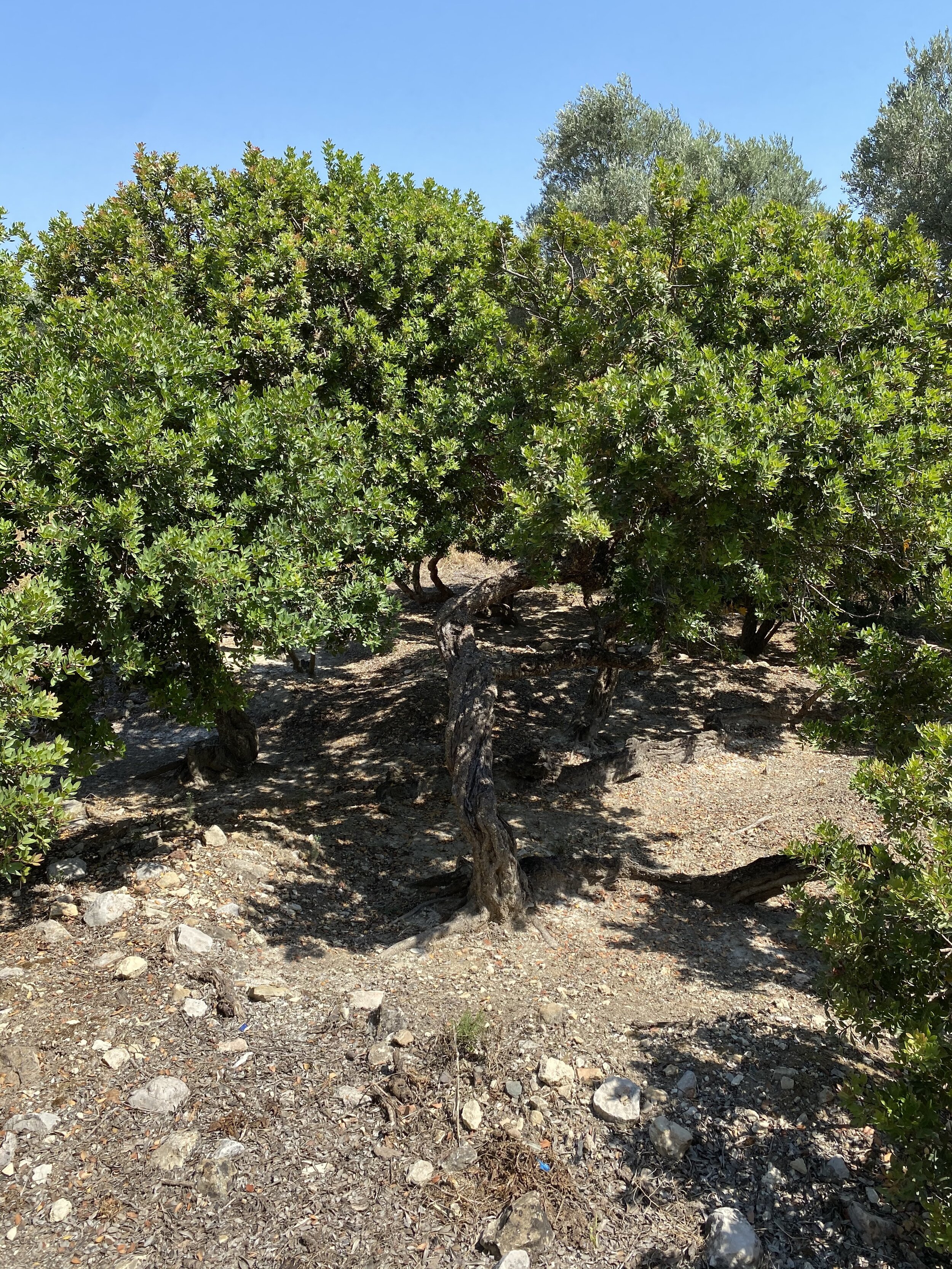The Island of Chios
“The next day we set sail from there and arrived off Chios. The day after that we crossed over to Samos, and on the following day arrived at Miletus.”
I visited Chios this summer, something that I had been wanting and hoping to do for several years. It is one of the lesser known islands of Greece, but the more I learned about it, the more I understood that Chios was revered in historical antiquity, but for some reason has been overlooked in modern times.
It was not overlooked in biblical times, however, as it was even mentioned in the Bible, in Acts 20:15, where Saint Paul set forth an account of his travels from Asia Minor to Jerusalem. Chios is not far from Ephesus, the city which also featured prominently in the New Testament - Saint Paul wrote letters to the early Christian church there in the book of Ephesians.
I won’t even tell you how old I was when I learned that the New Testament book of Ephesians was related to the city of Ephesus. Let’s just say it was well into adulthood. . . .
Chios has its own sacred past, evidenced by the gorgeous monastery of Nea Moni, nestled in the central mountains of Chios since the year 1045. It is a Unesco World Heritage site, a “thin place” of such natural and sacred beauty that the walls between heaven and earth seem to disappear. I felt the presence of the divine from the minute I made the harrowing climb up Mount Provatos to reach the hermitage.
Nea Moni, Chios, Greece. Photo by Kim Bradley © 2021
Like Nea Moni, the entire island of Chios is a hidden paradise, la treasure that was once revered but has been buried and forgotten over time. In some ways I am glad that Chios was not overcrowded and touristy like some of the other Greek islands, and in other ways I am disappointed that the natural beauty of the island and its people have been neglected.
Just eight miles west of the coast of Turkey, Chios has many nicknames, maybe more than any other Greek island. It is called “Snow Island” (named after Chioni, a daughter of Boreas, the north wind god, and mother of Poseidon’s son, Eumolpus), “Mastic Island” (because of the valuable mastiha tears grown there), “Myrvolos” (meaning fragrant, because of the citrus orchards that carpet the island), “Pine-Tree Island” (a nickname from antiquity), and the ominous ancient name, “Snake Island,” (named for the Ottoman viper that inhabits the island). Like many other islands in Greece, however, it could also be called “Cat Island.”
Cat, Komi, Chios, Greece. Photo by Kim Bradley © 2021
Chios is the birthplace of Homer, and Christopher Columbus (who is thought to have been born there when Genoa ruled Chios), and Metrodorus the philosopher, to name a few. It was Metrodorus who famously said:
“To consider the Earth as the only populated world in infinite space is as absurd as to assert that in an entire field of millet, only one grain will grow.”
Chios was well known in ancient times for its excellent shipbuilders, as it was an important mid-point in trade and travel between Alexandria and Constantinople. The pine trees of the island were extra-sappy, and therefore made for exceptionally watertight seagoing vessels. In addition, the clear cold spring water purified by the volcanic rock that undergirds the island supports the vast agriculture in the central valleys. Citrus, herbs, chora (greens), peaches, cherries, as well as the ubiquitous cucumbers, tomatoes, and peppers that comprise the iconic Greek salad explode all over the island.
Winding Path to Nea Moni. Photo by Kim Bradley © 2021
What I found when I visited is that the island feels magical, from the lava rock pebble beach at Mavra Volia to Homer’s Stone at the Sanctuary of Cybele. What is even more magical is the people who have made Chios their home for generations.
I was fortunate to stay in one of the mastic villages in the south of the island, close to the sea, yet nestled in a valley surrounded by mountains and groves of skinos trees. The skinos trees spread their limbs laterally, and do not grow very tall. Their branches are gnarled and twisting, and the ground beneath them is cleared to keep the Tears of Chios pristine when they fall from the trees in the summer. For an explanation of how the Tears of Chios are harvested, click here for my earlier blog post on this fascinating subject.
Skinos Grove, Mastichochoria, Chios, Greece. Photo by Kim Bradley © 2021
From the north to the south, it feels like the whole island is a sacred, thin place where communion with the holy spirit is effortless, welcome, and inspiring.
Are there any places where you feel the walls between heaven and earth are “thin”"?
#chios #greece #snowisland #snakeisland #pinetreeisland #chione #poseidon #boreas #northwind #saintpaul #actoftheapostles #ephesus #ephesians #aegeansea #mastiha #mavravolia #mastichochoria #neamoni #homer #cybele #christophercolumbus #engineers #shipbuilders #mariners #navigators #travel #travelwriting #blog #blogger #writinglife #iamwriting



